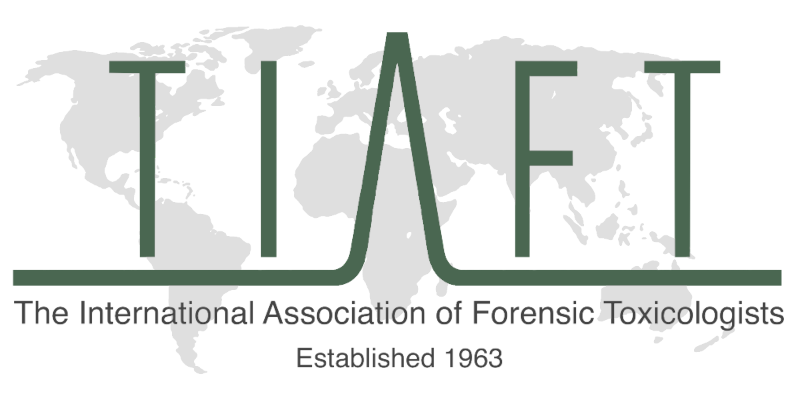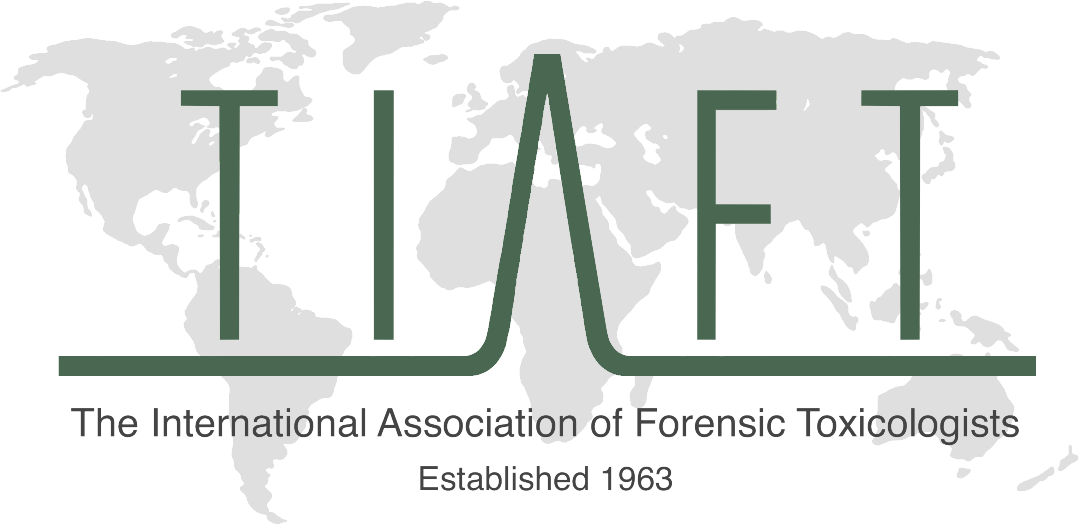Published on: 14-04-2024

Image source: St. Gallen Tourist Board
Dear TIAFT members,
Thanks to all the members who have renewed their membership on time. Carmen (our Secretary) has been busy tending to many enquiries regarding membership status and along with Christophe, both have resolved many payment issues. I would like to re-emphasize the importance of paying your membership on time to avoid any late fees. I would also like to remind our members of the value of holding a TIAFT membership for not only professional requirements but also belonging to an association that offers so much as I have mentioned in my past messages. Many other professional associations charge much more than TIAFT for maintaining a scientific membership.
Plans are well and truly underway for the Annual TIAFT Meeting in St. Gallen (September 2nd-6th, 2024). Abstract submission has closed and Jochen has indicated to me that there were over 400 submissions for the meeting in September! This is quite a task for the scientific committee to select oral and poster presentations. We are looking forward to another engaging scientific program which will inspire, lead to collaborations and new discussions on scientific matters related to our discipline.
An issue that has been identified in a recent commission of inquiry here in Australia is the responsibility of the reporting laboratory to be clear about reporting limits. This was highlighted by the Queensland Government which established the Commission of Inquiry into Forensic DNA Testing to identify opportunities for service improvement and ensure public confidence in the collection and testing of DNA. The recommendations (n=123), whilst directed towards forensic DNA analysis, do have some possible impacts on how toxicologists report drugs that can now be detected at very low concentrations, but are not reported for a number of valid reasons.
In many instances due to the detection capability of new instruments, forensic toxicology laboratories can detect drugs or chemicals at very low levels and often can be below the established limits of reporting or even limits of detection. Of course, having validated methods is the required approach to all routine techniques where drug determinations are essential. For example, a suspected heroin death is subject to analysis where the presence of 6-acetylmorphine (6AM) in blood can confirm the use of heroin as opposed to other opioids such as codeine or morphine. Using LC/MS/MS, the laboratory has detected 6AM at a concentration less than the reporting limit in blood which happens to be 0.01 mg/L. Does the laboratory indicate and report the presence of 6AM or does the laboratory state on the report that 6AM is not detected < 0.01 mg/L? Are there clear laboratory reporting procedures for such a scenario? Does the laboratory have a clear statement on the report which advises that substances may be detected at less than reporting levels but may not meet the reporting criteria? Does the laboratory communicate this information to the forensic pathologist or other interested parties (e.g. coroner, police)? This is one of the issues raised in the Commission of Inquiry in Queensland; a number of recommendations have ramifications for the broader forensic science community—not just DNA. Laboratories need to be aware of their limitations but also must have policies in place which are followed and communicated to stakeholders.
As mentioned in my last message – this year is an election year and the deadline to submit for a nomination on the TIAFT Board will be July 30, 2024. Please send your nominations to president@tiaft.org or secretary@tiaft.org. As previously mentioned, each candidate will be allowed up to one minute through a recorded video to introduce themselves to the membership, explain why they feel they are a strong candidate for the position, and any other important facts they wish to share. The candidate videos will be shared online in the members section. Please provide these videos to myself or Carmen before the deadline for nominations.
The positions available for election will be:
• President Elect;
• Secretary
• Treasurer
• Board member (6 positions)
As per the recent constitutional changes, the 5 Executive positions (President, President Elect, Secretary, Treasurer and Past President) will remain open to candidates from any part of the world; however, the ordinary Bboard positions, now expanded to 6 positions – will require one candidate from the following continents/geographic regions as defined by the United Nations – 1- Africa; 2 - Asia (includes Central, Eastern, Southern and Western Asia); 3 - Europe; 4 - Oceania; 5 - North America; 6 - Latin America and the Caribbean (includes South America). One candidate from each of these continent/geographic regions will be selected by eligible voting members to serve in the ordinary Bboard positions. All voting will be conducted electronically via the members website.
Until next time,
Dimitri Gerostamoulos,
President
The International Association of Forensic Toxicologists
www.tiaft.org


